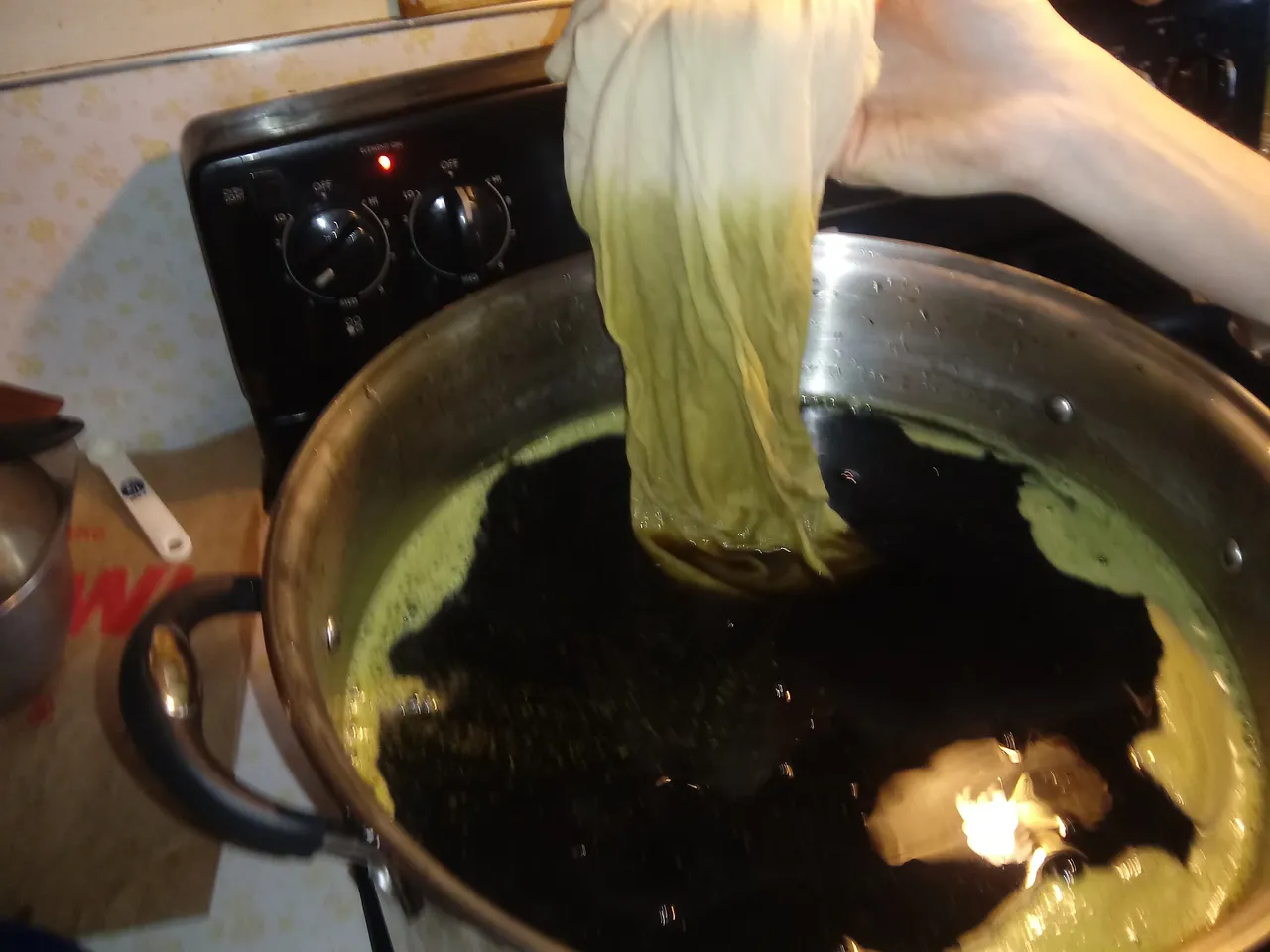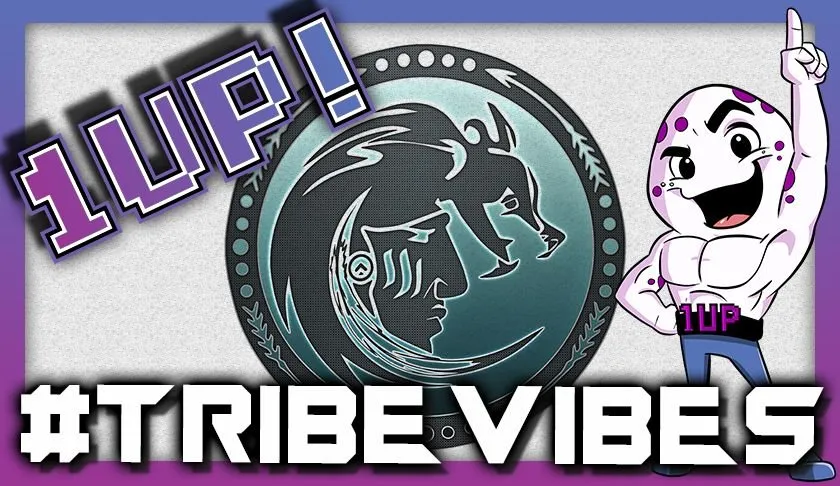Before we get to the video, I have an explanation with photos prepared of how we created this cannabis dye bath, and our T-shirt project for #Anarchapulco.

First of all, let me just say that I am super relieved to have completed my final day of trimming this season, which concludes my work at the farms for the year (for the most part). After a long and hard season, I fell asleep last night around 7pm, and slept for 14 HOURS!! I now feel well rested, am immediately immersing myself in projects I have been setting up all fall, and am starting to feel like myself again... FREEDOM!! I am also going to the Austin Hot Springs on Monday (Dec. 17th 2018) for my birthday, to decompress with some friends and re-align my chakras and spirit. This is so I can move into this new phase of my life with a clear mind, and clear direction of my intentions.
Also, a special THANK YOU goes out to @KennysKitchen, @JamesC, and @TribeSteemUp, for partially sponsoring this Earth friendly t-shirt project. This particular endeavor is very expensive, and I am not sure I would have been able to afford it otherwise. Blessing to your souls and our tribe as a whole. This project is Tirbevibian maxiumus.
The Cannabis Dyeing process

First @Hempress and I started with cannabis fan leaves (aka water leaf) that were left over from our Backyard Cannabis Grow (we normally use this material to create medicated coconut oil for cooking cannabis edibles). I took the raw leaves and ground them by hand into the finest material possible (close to powderized).

As I ground the raw cannabis material, @Hempress was washing and mordanting the shirts, so that the dye stuff we eventually created would stick to the now clean fabric. We then let the shirts sit in the mordant overnight. Also, after I finished grinding the cannabis leaves, we immersed them in water, and stirred/heated the mixture for many hours. We then let the mixture sit overnight to fully extract the dye stuff from the leaves.

Today I strained all the leaves out of the dye/raw material mixture, using a mesh kitchen strainer. This part of the process is actually quite a bit of work when using raw materials instead purchasing of pre-processed extracts (since you are essentially creating the extract yourself). I had to apply a ton of pressure for each handful of material that went thought the strainer to fully extract all the dye stuff. After processing all of it and dumping the rest of the liquid through the strainer, I then re-strained the material into another steel pot, to capture any more raw leaf material I may have missed or went through the strainer (a bigger strainer that fits over the entire pot with a finer mesh screen can make this process much faster - I am currently looking for the right one).

After everything is properly strained, and the fabric has been properly cleaned and mordanted, then it is time to soak the shirts in the dye bath for several hours (or overnight for a darker color). This is the part of the dying process I have created a video for, and is the coolest part for sure. It is also important to remember to keep the shirts completely submerged during this stage, and stir them frequently to ensure proper and even dye distribution on your fabric.

Also in this video, I explain/show our low impact tie dye plans and materials we have just received in the mail from Dharma Trading Company - a great place to order low impact dyes for tie dying btw.
After all the dying is done on these 250 unbleached, organic cotton fabric t-shirts from W.R.A.P. certified factories, I will take them to Pacific North Press here in Portland, to have the collaboration design from the top two winners in the #Anarchapulco logo design contest printed on the front (courtesy of @EDXserverus & @themonkeyzuelans), with the miniaturized third place design from @StateofAnarchy printed on the back, closer to the neck of the shirt. I have not officially released the final #Anarchapulco design for the shirts, but will once they have been printed within the next couple months.
Please enjoy the following #Dtube video demonstrating the actual dying part of this process, and our tie dying plans.

▶️ DTube
In case you are wondering, low impact dyes are the most eco-friendly dyes you can use to dye fabric BESIDES herbal dying with plants. Herbal dying's carbon footprint is little to none (which is what is demonstrated in the video), while low impact dyes have a minimal carbon footprint - less than all other dye types (synthetics).
Here are some links to our other herbal dying articles, explaining more of the process, materials, dying styles, and winning contest designs that have been, and will be printed on shirts:
- Tribe Steem Up T-Shirts are Here & Ready to be Shipped to YOU!! - All Details Inside
- Tribe Steem Up All Natural T-Shirts UPDATE - Almost Complete - Project Details
- Dying Organic Fabric with Plants the Natural Way - NO CHEMICALS REQUIRED
- Dying on Organic Fabric with Cutch, Natural Mordant, & Natural Soda Ash: VIDEO OF PROCESS
- Plant Dyeing with Blackberries
- Plant Dyeing with Blackberry Leaves & Canes
- Anarchapulco Design Contest Winners & Idea Proposal
- Winner Announcement of the Tribe Steem Up Design Contest!!
- Hempress' Latest Dyebath: Before & After
- Copper Silver Gold Coincidental Connection




Do not forget that my debut conscious Hip-Hop album is completely free for download on Bandcamp and Soundcloud (click the links to go to my music on those platforms), or CLICK HERE for download instructions.





▶️ DTube
▶️ IPFS